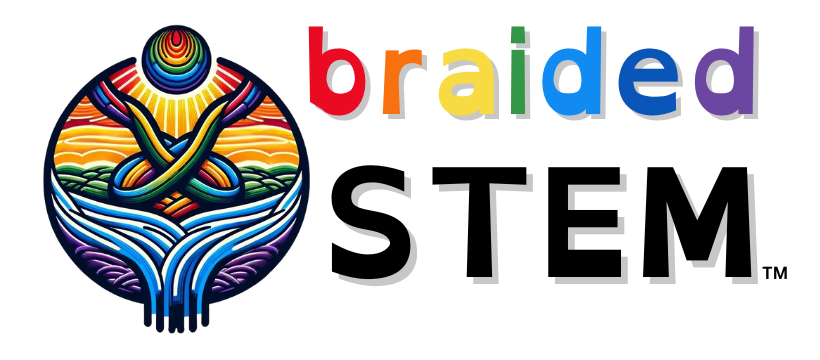Exoplanets
Gravity Well in a Bowl or Bucket
Mesmerizing marbles orbit around a gravity well just as Einstein imagined! From a small bowl gravity well to one that fits into a bucket, prepare to spend time rapt in orbital therapy. #STEMAZingVideo below shows gravity wells in action. Add a PVC pipe guide for the marbles to experiment even further. Keep scrolling for Gravity…
Read MoreFinding Habitable Planets – Activity 4
In this activity, students will learn that stars have different properties, such as temperature, size, and lifespan. They will also learn that stellar properties determine the conditions for planets around them, hence affect which planets might be habitable.
Read MoreDetecting Exoplanets – Activity 3
In this activity, students will first familiarize with the ZOONIVERSE project named “Planet Hunters TESS” and learn how to spot a transiting planet in a star lightcurve. Next, they will inspect a specific lightcurve and derive from it two main planet properties.
Read MoreScaled Trappist-1 Planetary System – Activity 2
In this activity, students will compare the architecture of our Solar System with that of the recently discovered TRAPPIST-1 planetary system. This system surrounds a star that is less than a tenth of the Sun’s mass. As this type of stars are the most common ones in the Galaxy, TRAPPIST-1-like planetary systems could be the…
Read MoreScaled Solar System – Activity 1
In this activity, students will explore the vastness of the distances between planets in our Solar System and learn about the planets’ relative sizes by creating a classroom scale model of the Solar System.
Read MoreHabitable Zone – Lecture 4
An introduction to the habitable zone and the factors that impact it.
Read MoreHow to Detect Exoplanets – Lecture 3
An introduction to the various techniques used to detect exoplanets.
Read MoreExoplanets: Strange New Worlds – Lecture 2
An introduction to exoplanets.
Read MoreOur Solar System – Lecture 1
An introduction to our solar system.
Read More